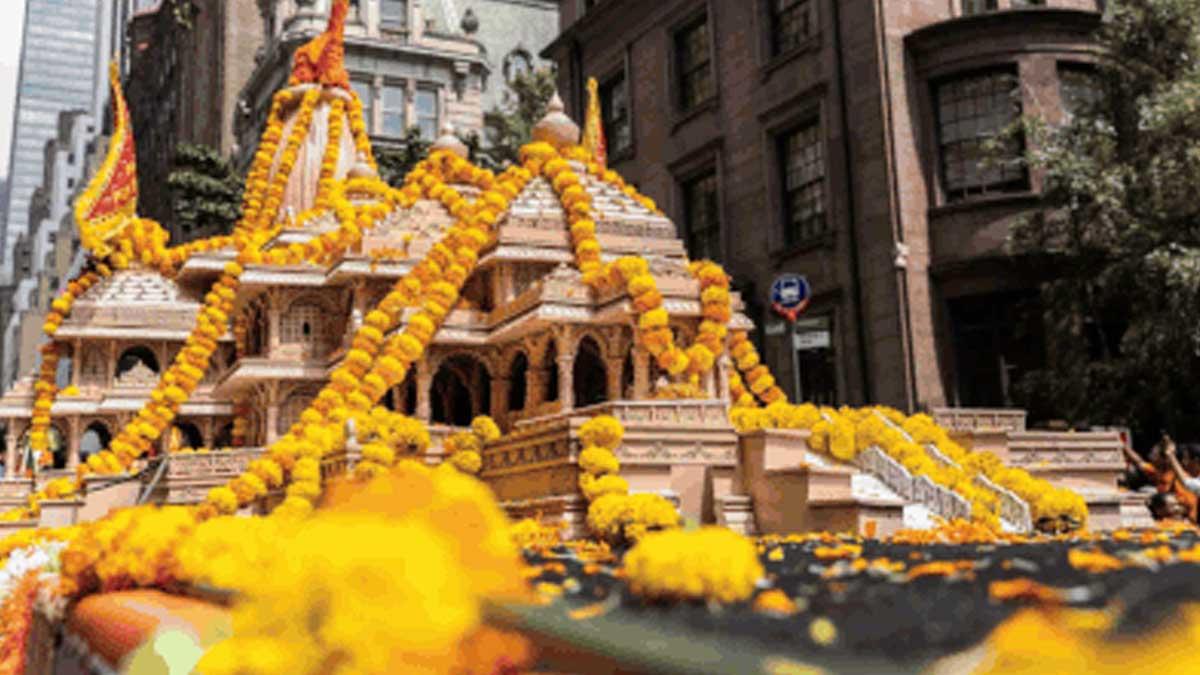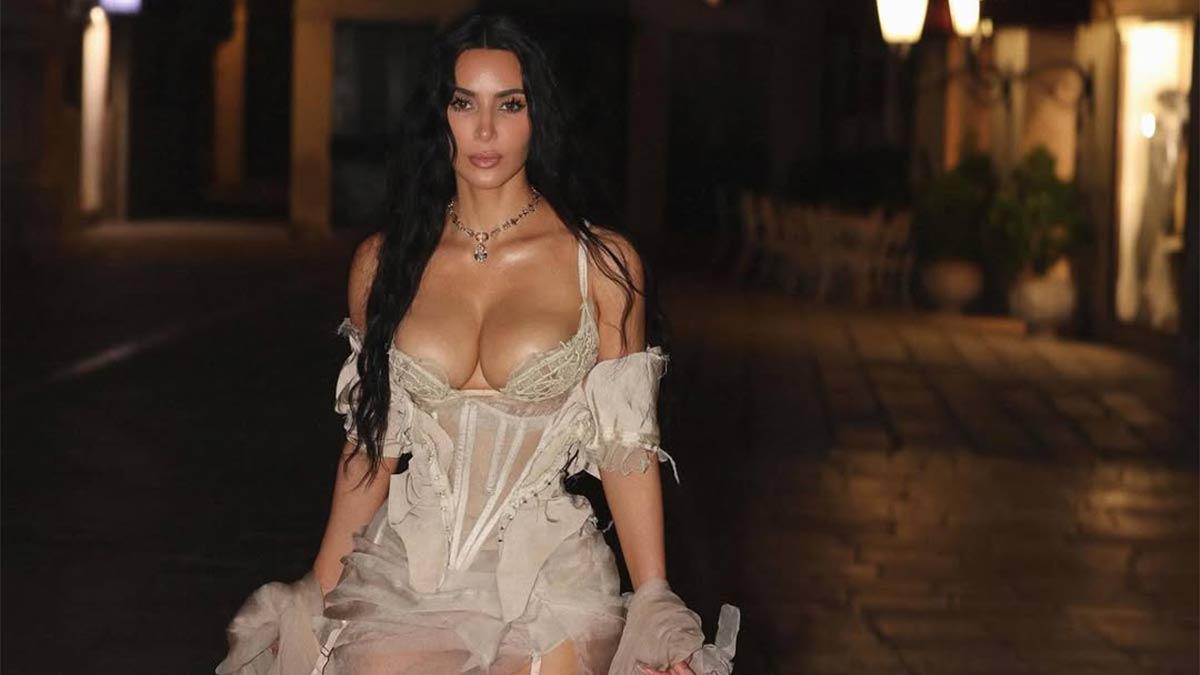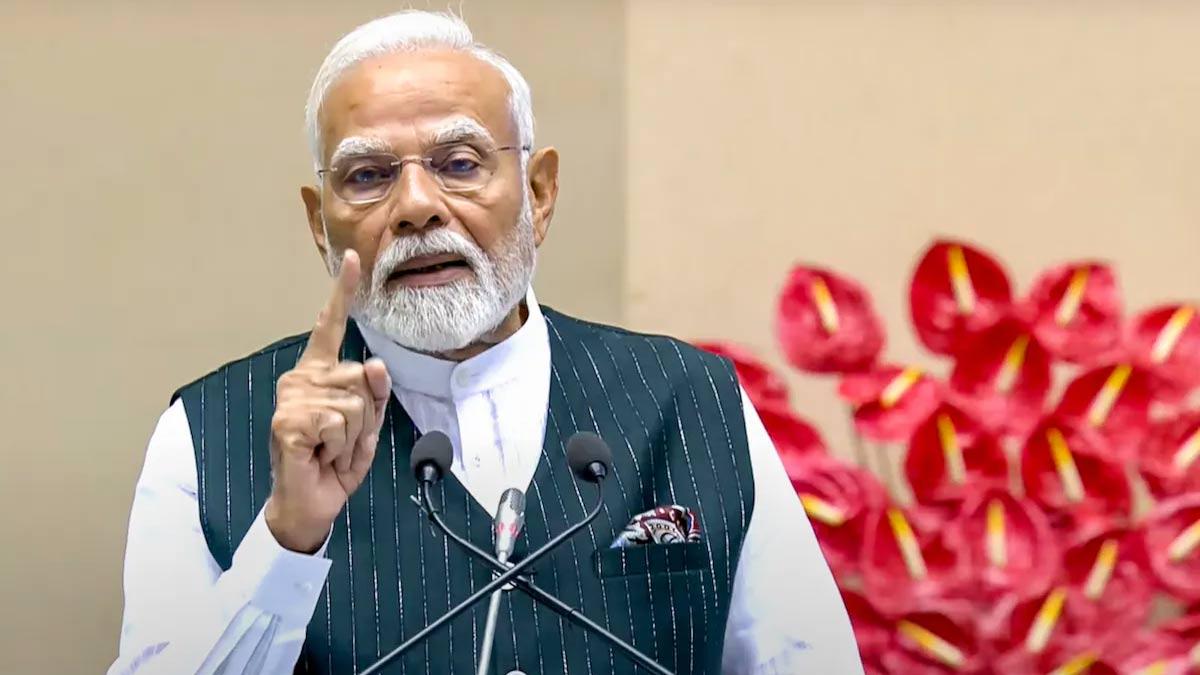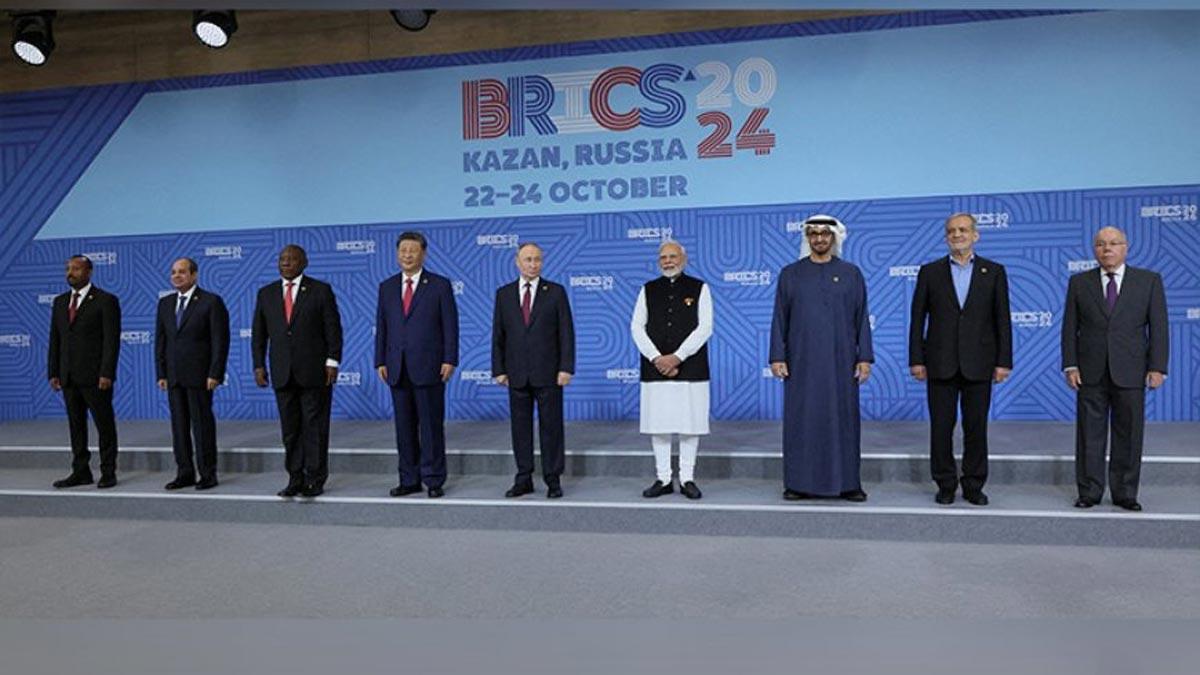The 42nd India Day Parade was a vibrant celebration of India's cultural and religious diversity, marking the nation's Independence Day with immense enthusiasm from the Indian diaspora.
The parade featured a prominent float of the Ayodhya Ram Mandir, accompanied by displays representing Muslims, Christians, and Sikhs. Groups of Indian Jews and Buddhists also participated, proudly marching under their own banners. The procession, alive with color and energy, saw men and women playing traditional drums from Maharashtra in honor of the Ram Mandir float, and crowds surged past barriers to greet it.
Despite attempts by some groups, led by the Indian American Muslim Council, to disrupt the event with protests against the Ram Mandir float—decrying it as “Muslim hate, bigotry” and urging public officials to ban it—the parade proceeded along Madison Avenue in a display of unity and diversity, defying the disruption efforts.
The parade’s celebration of India's rich tapestry of religions, regions, and languages stood in stark contrast to the pre-event criticism from US media, which had labeled the Ram Mandir float as controversial or “marred” by its presence.
Notable figures included Swami Adveshanand Giri, the chief guest and head of the Juna Akhada, and actress Sonakshi Sinha, who served as the Grand Marshal. Actor Zahir Iqbal was also a VIP guest. The New York Police Department participated with their own contingent and band, while the NY Police Department Desi Society marched with their banner.
Among the parade’s floats was one with the theme “Stop Hindu Genocide in Bangladesh,” advocating against attacks on the minority community in that country. Bangladeshi American City Council member Shahana Hanif was among those protesting the Ram Mandir float. Additionally, a man carrying an Israeli flag joined the float’s anti-genocide banner supporters.
Throughout the parade, Jews and Israelis, who are also targeted by groups opposed to the Ram Mandir float, waved Israeli flags and cheered. The International Organisation of Bene Israel – USA, representing the Jews of India, was among the marchers.
Other floats included tributes to Guru Teg Bahadur and messages from Muslims for Peace proclaiming “Love to All, Hatred to None,” while the National Association of Indian Christians in the USA shared a float with the message: “Jesus will bring good news.” Another float honored B. R. Ambedkar, the architect of India’s Constitution, with supporters distributing his tract on combating casteism.
Additionally, a group walked to demand justice for a doctor recently assaulted in Kolkata, and various organizations representing doctors, businesses, and media also participated with floats.
Indian folk dances and music added to the festive atmosphere. Protests against the parade were minimal, with the Indian American Muslim Council only managing to circulate a video truck displaying messages such as “New Yorkers Say No Place for Islamophobia” and “NY Against Hindutva” before the parade began.
Read also | Sri Lankan President Wickremesinghe Urges Strengthening Relations with India


















